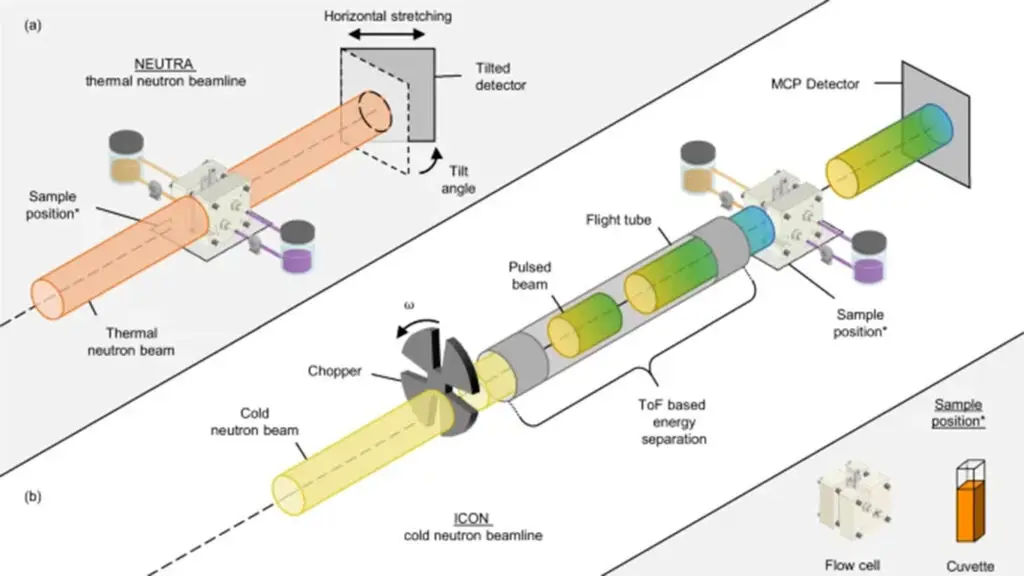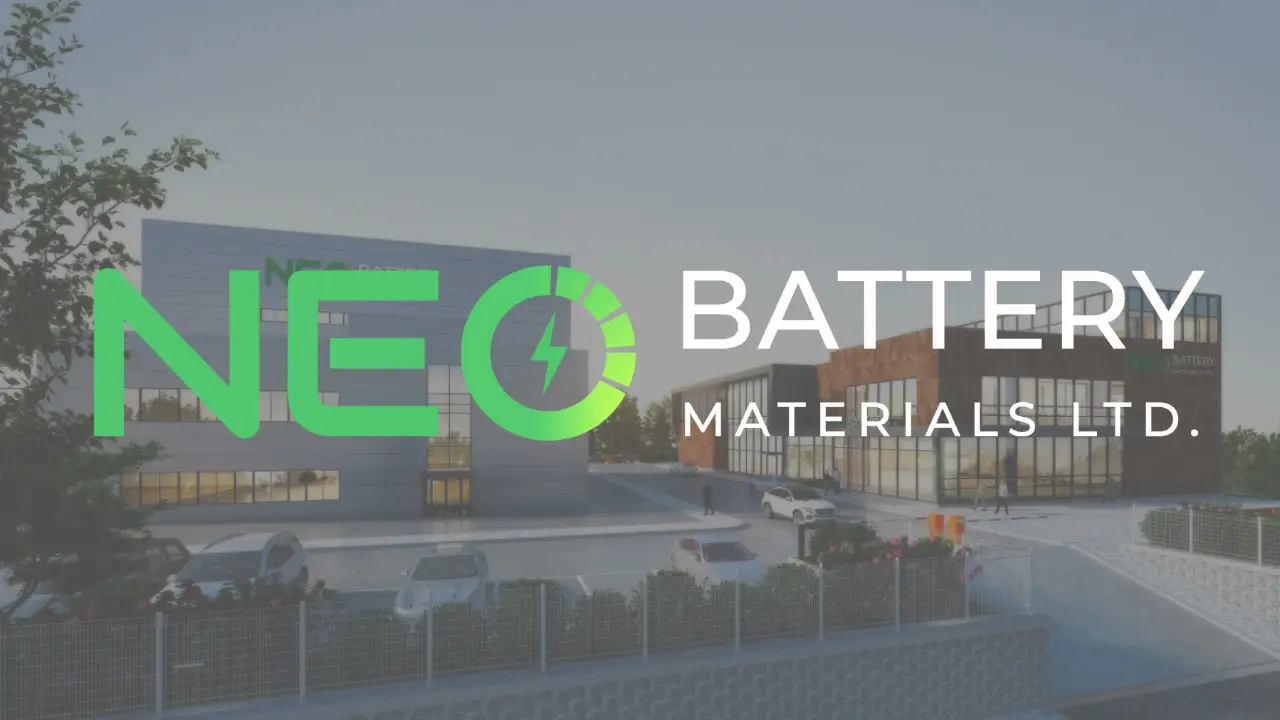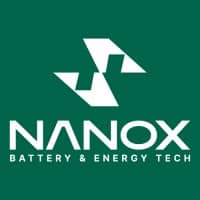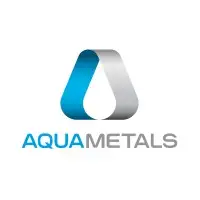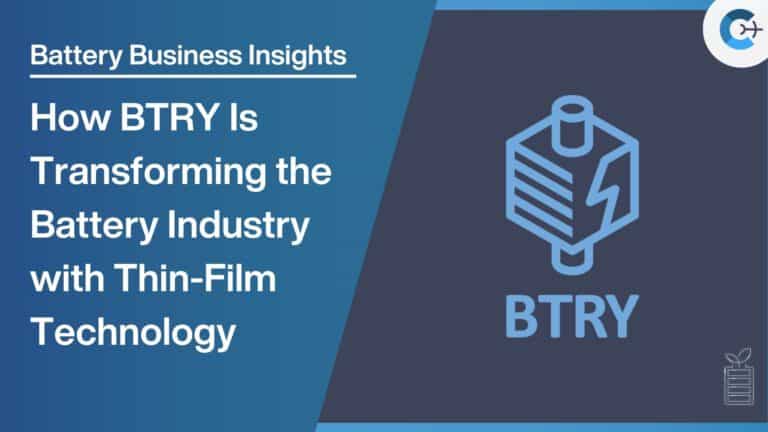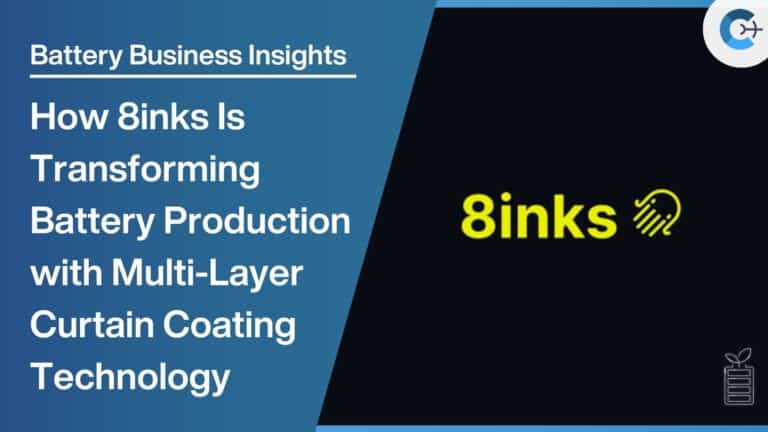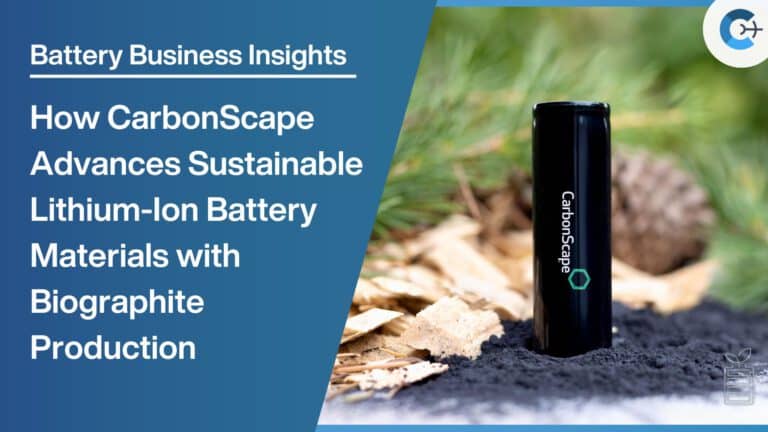A team of researchers has developed a neutron imaging technique to observe the internal workings of redox flow batteries, which are used for large-scale energy storage in renewable energy systems. The study, published in Nature Communications, provides detailed visual data on the internal processes of these batteries.
An international collaboration led by Dr. Antoni Forner-Cuenca of Eindhoven University of Technology (TU/e) developed the method. The team also included researchers from the Massachusetts Institute of Technology (MIT) and the Paul Scherrer Institute (PSI) in Switzerland.
The technique adapts neutron radiography to visualize molecular concentration distributions in operating redox flow batteries. It enables real-time tracking of electrolyte fluid concentration changes during battery operation by capturing neutron images at 30-second intervals and assembling them into a video sequence.
This visualization method provides data on the movement of ions and redox molecules within the battery, factors that significantly influence performance and longevity. Previously, these internal dynamics were largely unobservable, limiting a comprehensive understanding of the system.
The development of the method leveraged Dr. Forner-Cuenca’s interdisciplinary expertise, combining neutron imaging knowledge from his Ph.D. work at PSI with redox flow battery experience gained during postdoctoral research at MIT.
Although more time-consuming than conventional X-ray imaging, this technique provides detailed insights into battery function. The research team conducted experiments at PSI’s neutron source, with continuous 24-hour measurements over approximately 10 days.
This imaging capability is expected to help improve the efficiency and durability of redox flow batteries, potentially accelerating their development for renewable energy storage applications. The technique may also have applications in other fields requiring visualization of organic molecules in solution, such as chemical reactor processes in various industries.
Reference: Rémy Richard Jacquemond et al, Quantifying concentration distributions in redox flow batteries with neutron radiography, Nature Communications (2024). DOI: 10.1038/s41467-024-50120-7
Source: Nature Communications

